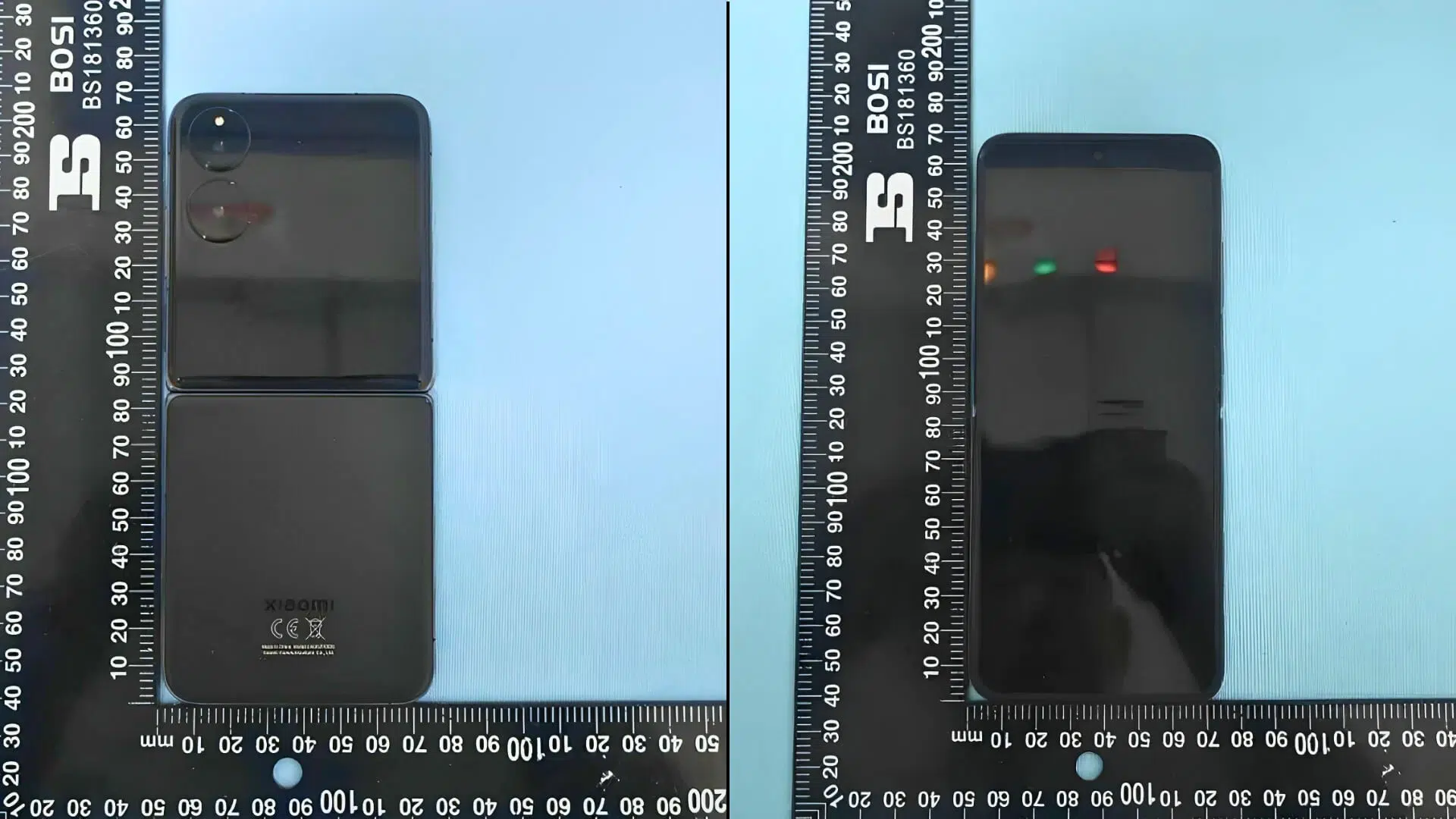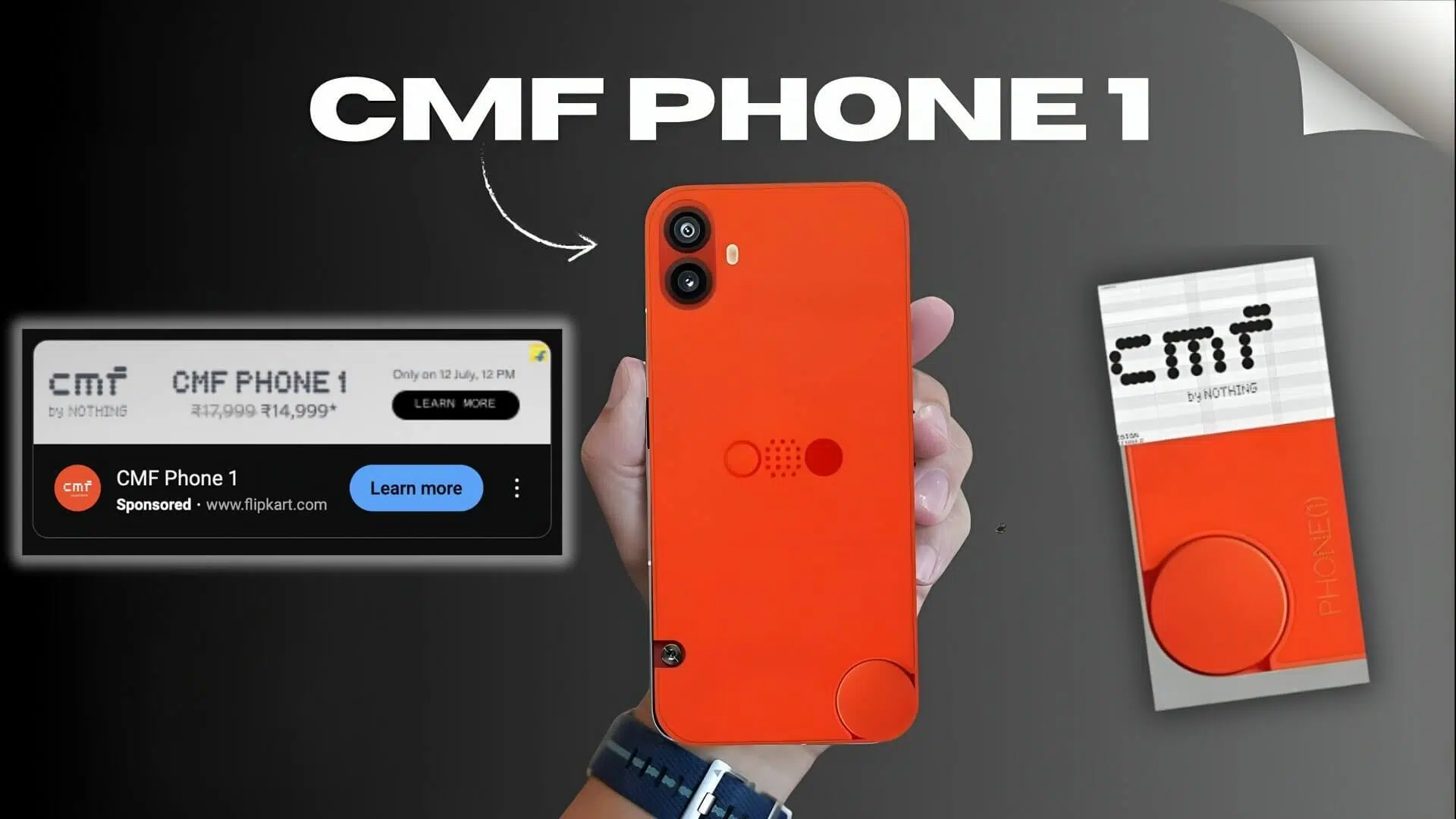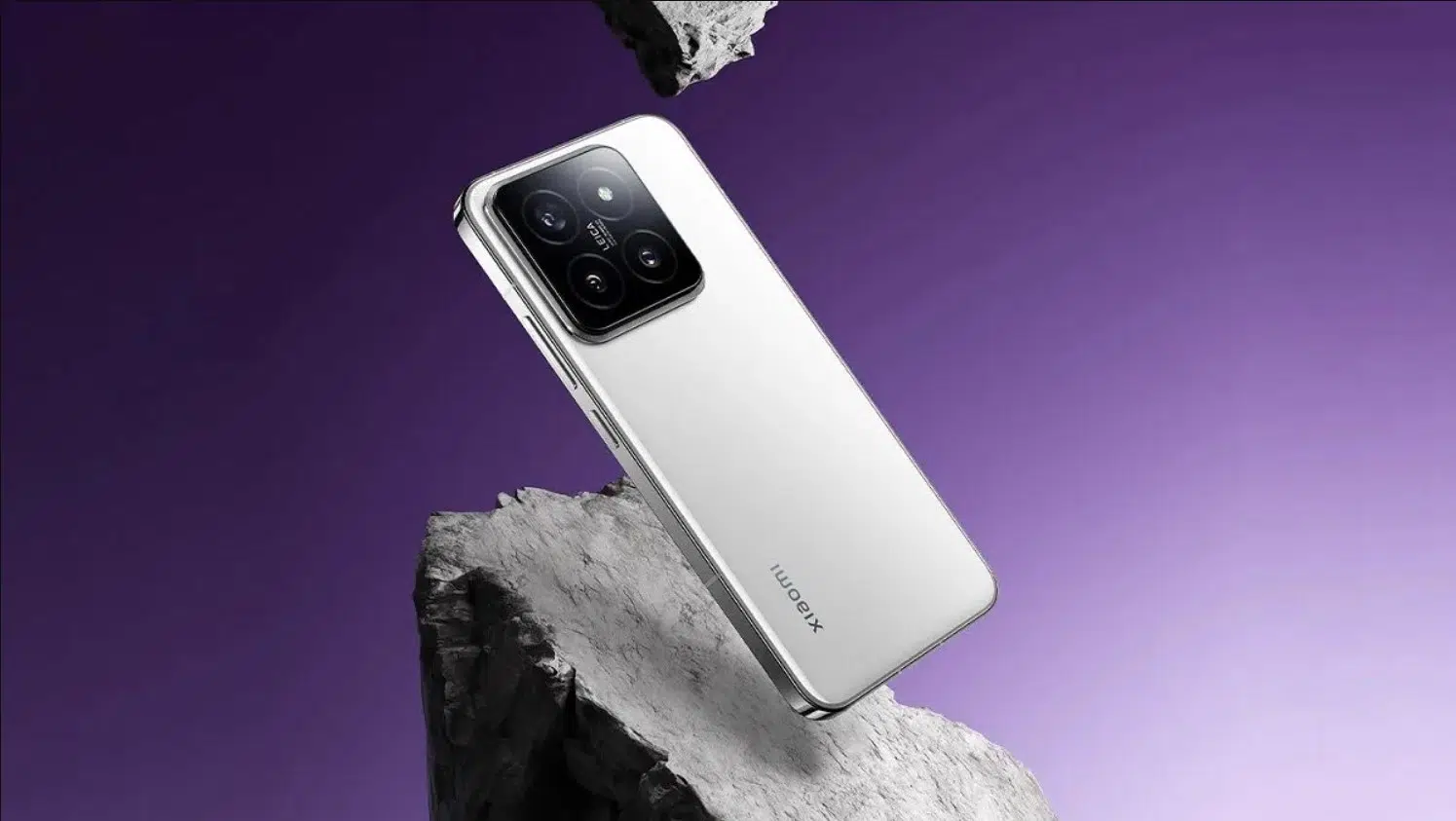Xiaomi and HUAWEI, China’s technology giant smartphone manufacturers, launched their flagship smartphones Xiaomi 13 Ultra and HUAWEI Mate 60 Pro with unique technological features and innovations in 2023. Both models are ideal for high-end photography. New smartphones are equipped with camera hardware and software features that are good enough to get users out of the DSLR camera habit. By comparing the camera features, lens technologies, software features and photo samples of both smartphone models, you can decide which device offers better camera performance.
Sensor & Lens
There are 5 cameras on the back of the Xiaomi 13 Ultra. Apart from the TOF 3D sensor, all cameras have a resolution of 50MP and the main camera and periscope camera sensor are OIS supported. OIS on the rear camera is supported by software-assisted image stabilization technology for much more stable video recording. The Xiaomi 13 Ultra has a LEICA-signed camera lens, which means more realistic and high-quality photos can be taken.
Xiaomi 13 Ultra Camera Setup
- 50 MP f/1.9 – f/4.0 23mm 1.0″ main camera sensor with OIS, PDAF, Laser AF support
- 50 MP f/3.0 120mm OIS supported periscope telephoto sensor (up to 5x optical zoom)
- 50 MP f/1.8 75mm telephoto sensor with OIS (3.2x optical zoom)
- 50 MP f/1.8 12mm 122 degrees ultrawide camera sensor
- TOF 3D depth sensor
The rear camera unit of the HUAWEI Mate 60 Pro is not as unique as that of the Xiaomi 13 Ultra. HUAWEI’s new flagship, which has 3 camera sensors on the back, has a better variable aperture ratio of the main camera than the Xiaomi 13 Ultra. When it comes to the other camera sensors, the Xiaomi 13 Ultra is clearly superior. HUAWEI uses a proprietary camera technology called XMAGE. The Xiaomi 13 Ultra supports a digital zoom of up to 120x, while the HUAWEI Mate 60 Pro supports a digital zoom of up to 200x.
HUAWEI Mate 60 Pro Camera Setup
- 50 MP f/1.4 – f/4.0 24mm main camera sensor with OIS, PDAF, Laser AF support
- 48 MP f/3.5 90mm periscope telephoto camera sensor with PDAF and OIS support (up to 3.5x optical zoom feature)
- 12 MP f/2.2 13mm 120 degrees ultrawide camera sensor
When it comes to video recording, the Xiaomi 13 Ultra is superior to the HUAWEI as it offers 8K 24FPS video recording, HDR video recording and Dolby Vision support. As for slow motion, the Xiaomi flagship can record a maximum of 1920FPS slow motion video at 1080p, while HUAWEI supports slow motion at 480 FPS at 1080p and up to 3840FPS at 720P.
Software
On the software side, the Xiaomi 13 Ultra features a MIUI camera interface that is optimized for LEICA lenses. On the other hand, it comes with the latest Android version out of the box. Android 13 offers more innovations and improvements in the camera area compared to Android 12 and earlier versions. The HUAWEI Mate 60 Pro is equipped with HarmonyOS 4.0, which is based on Android 12. HUAWEI has largely ended the cooperation with Google. Therefore, it uses the previous version of Android.
The camera interface of both models includes advanced color settings, night mode, etc. Supported features. The Xiaomi 13 Ultra is luckier on the software side, as it will receive regular Android version updates, leaving it open to major innovations on the camera software side.
Conclusion
When comparing the camera features of the HUAWEI Mate 60 Pro and the Xiaomi 13 Ultra, which flagship smartphone did you like the most when looking at the photo comparisons for a fairer comparison? Don’t forget to share your criticism based on the photo shoots of both models.


















